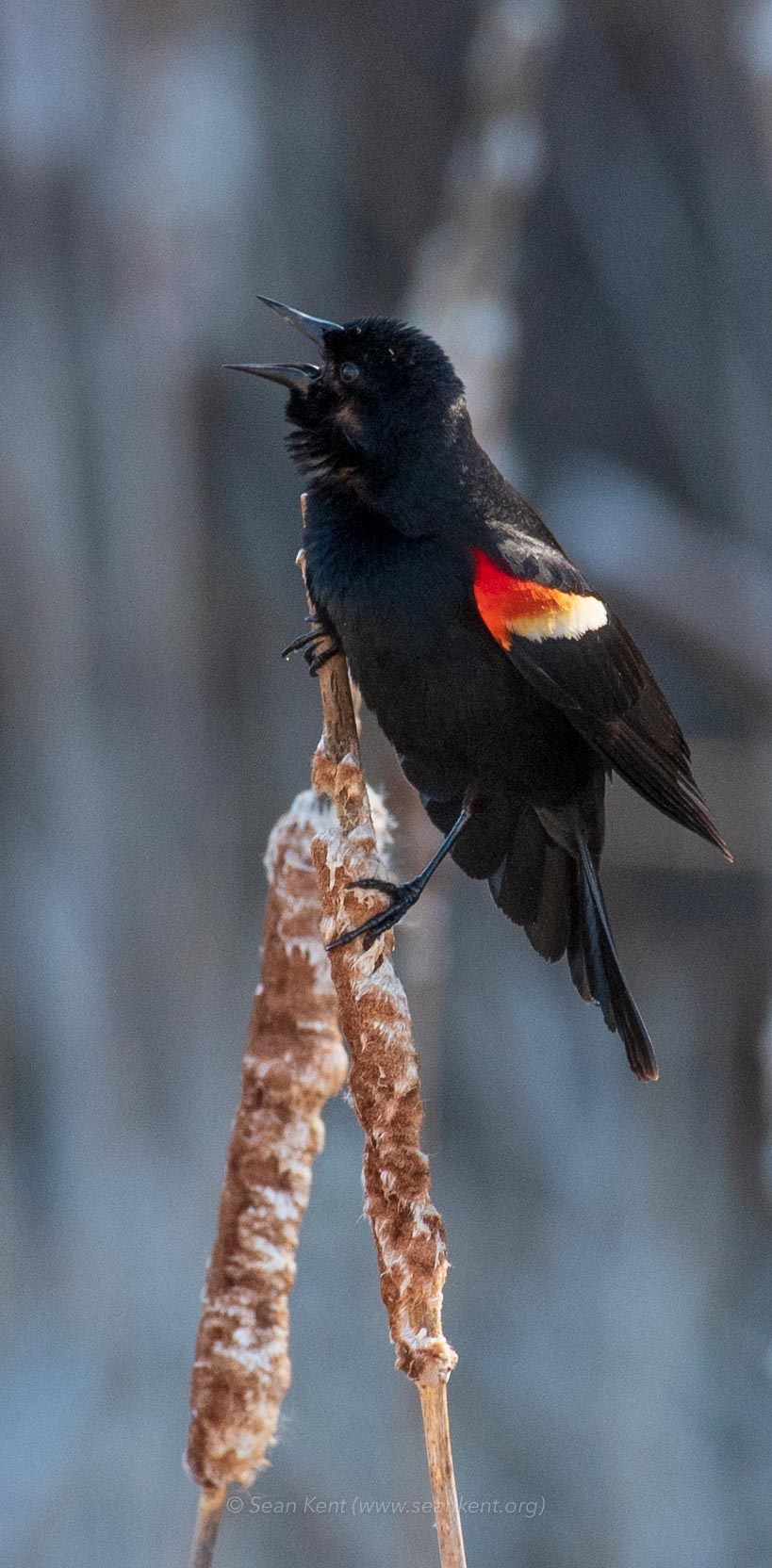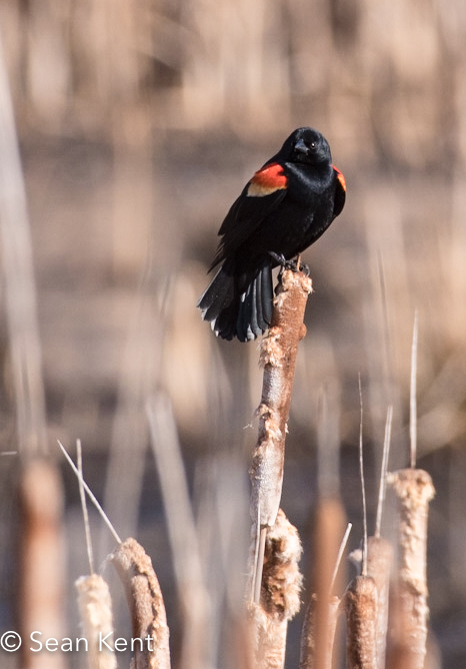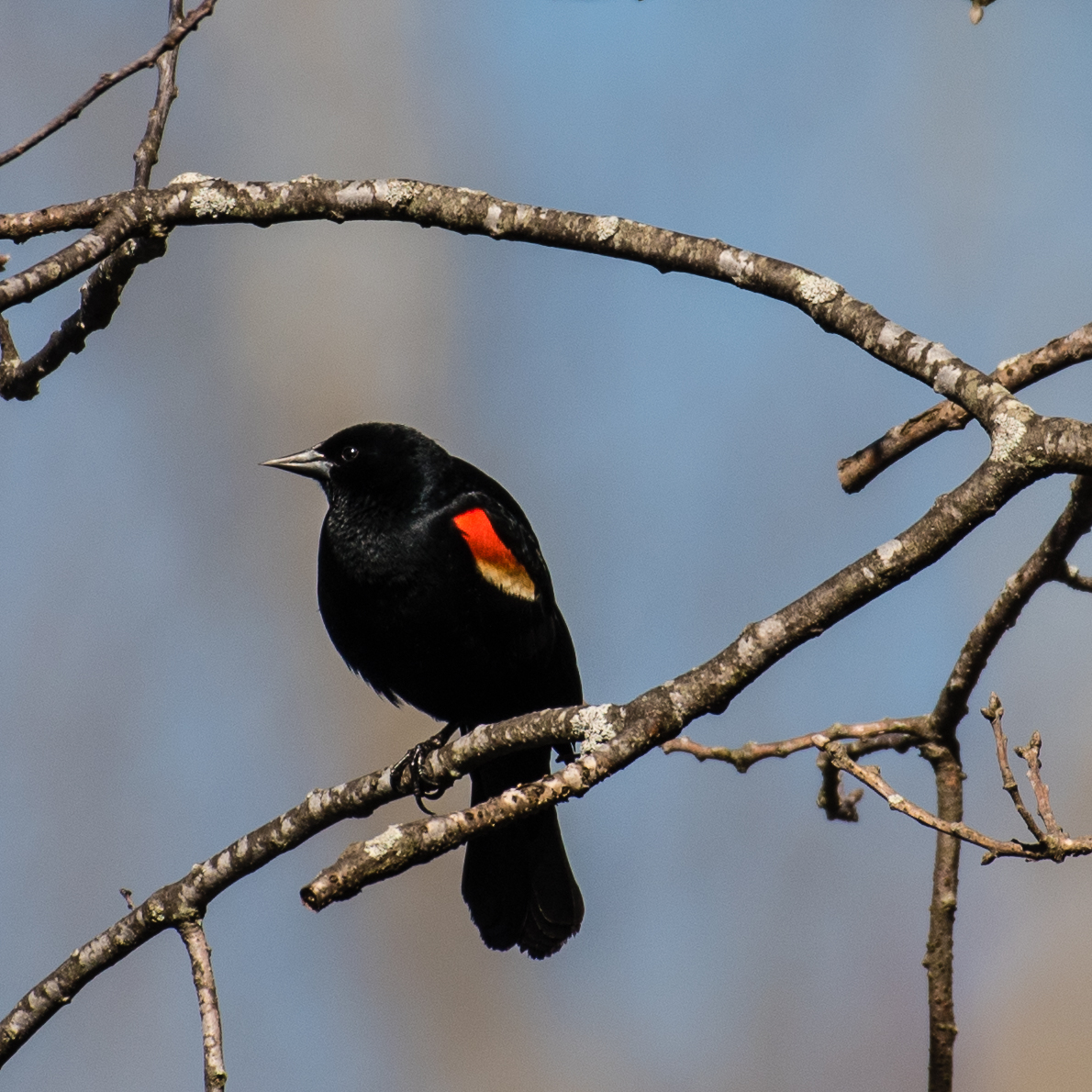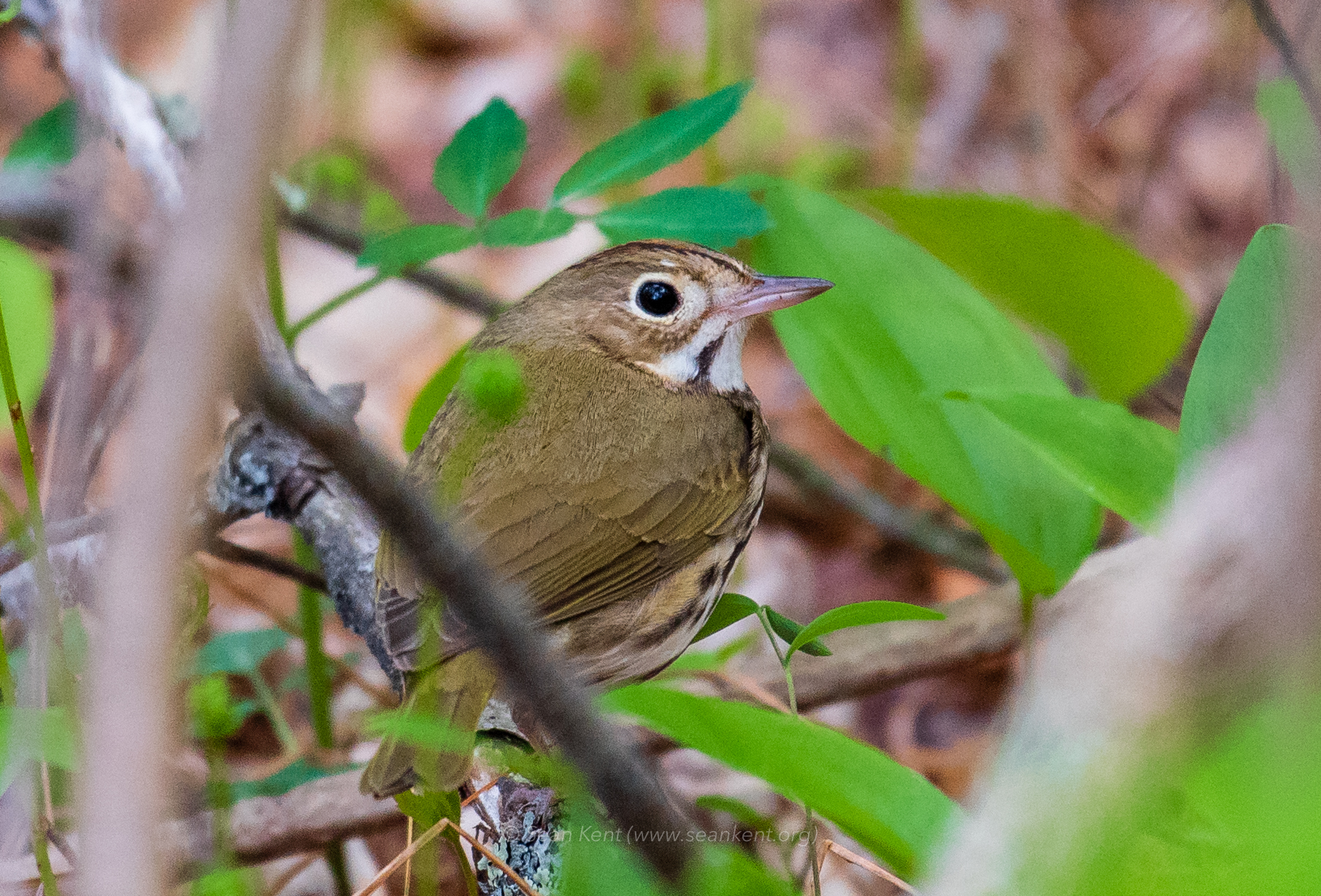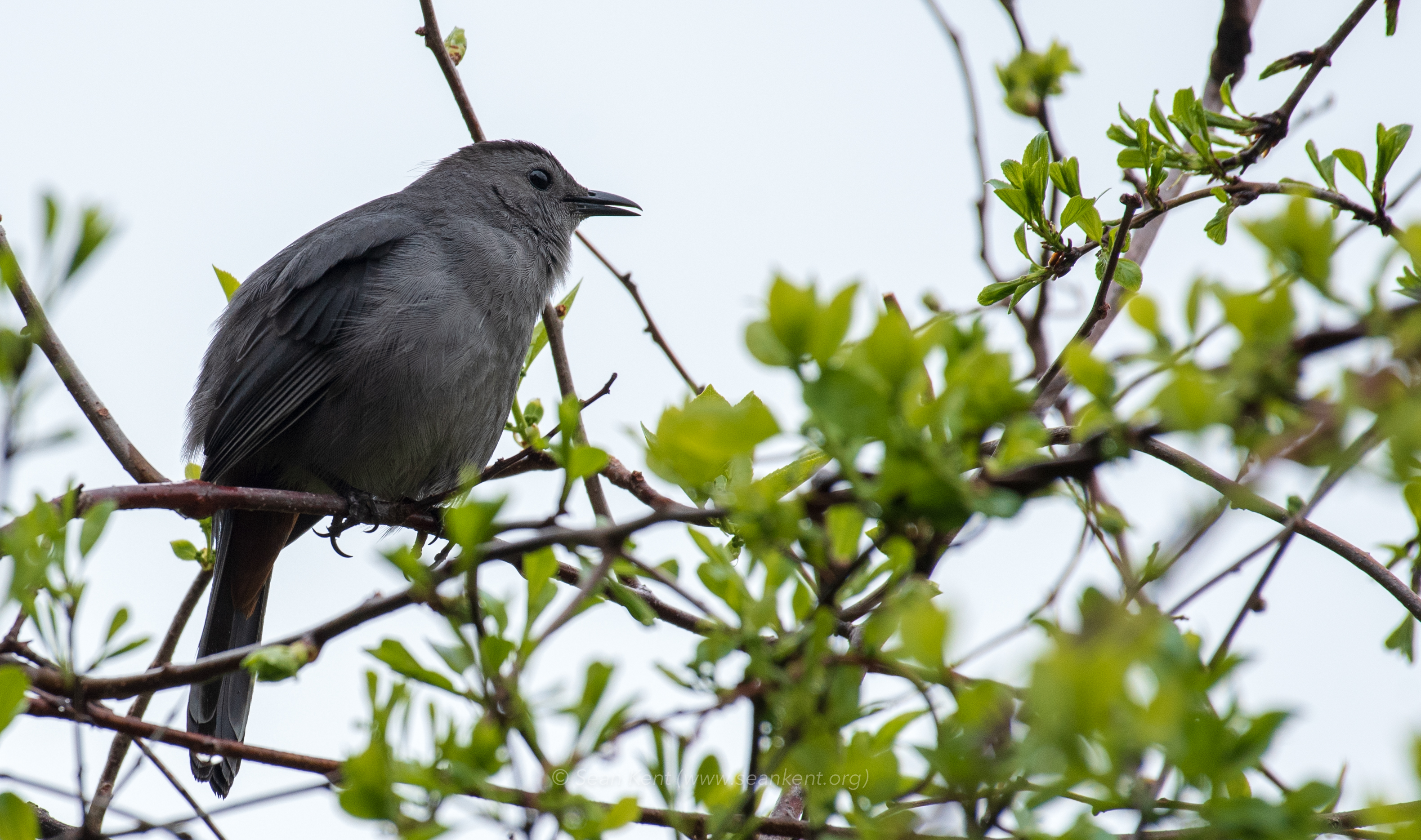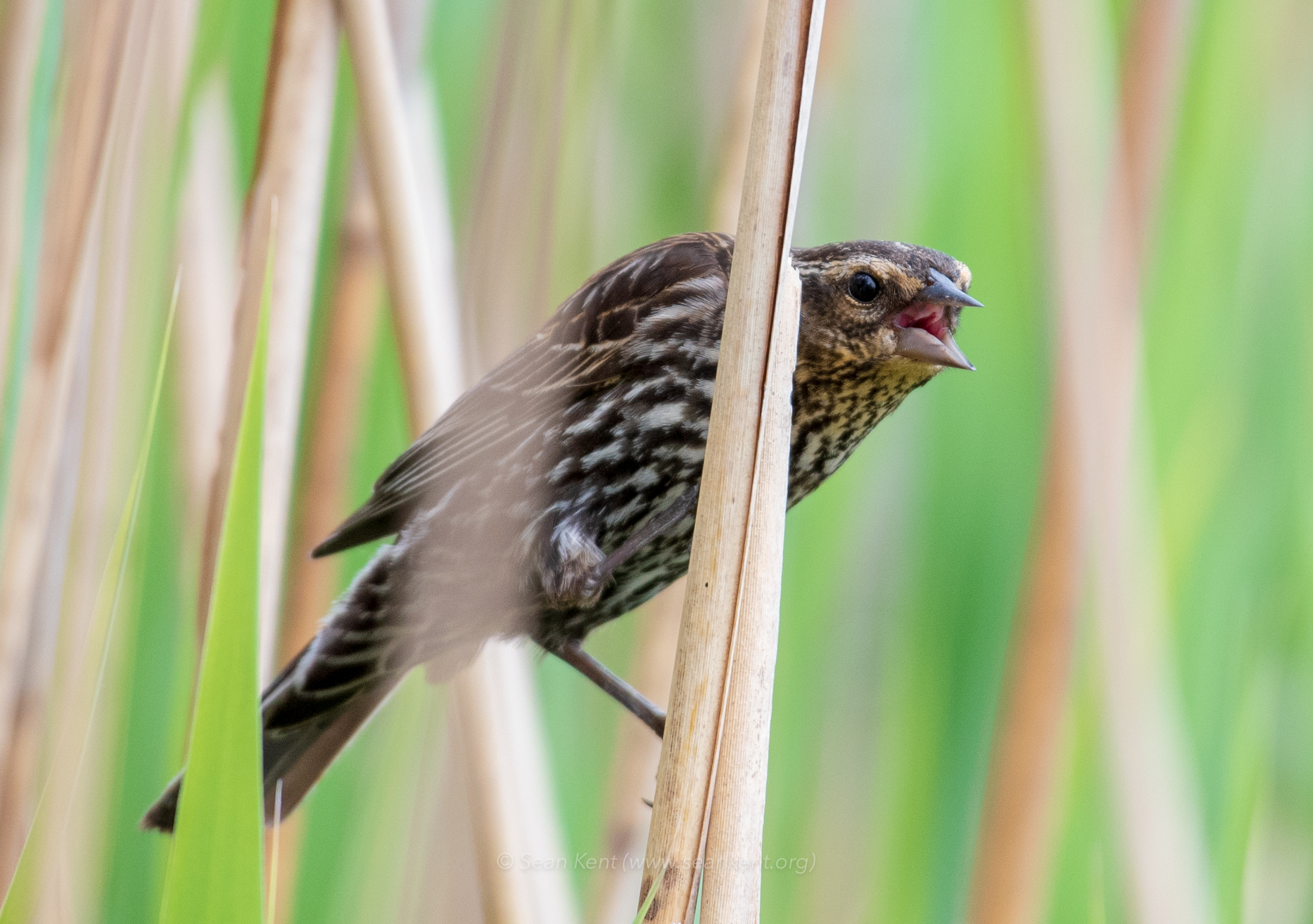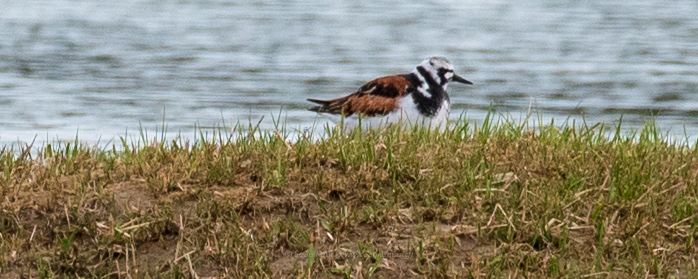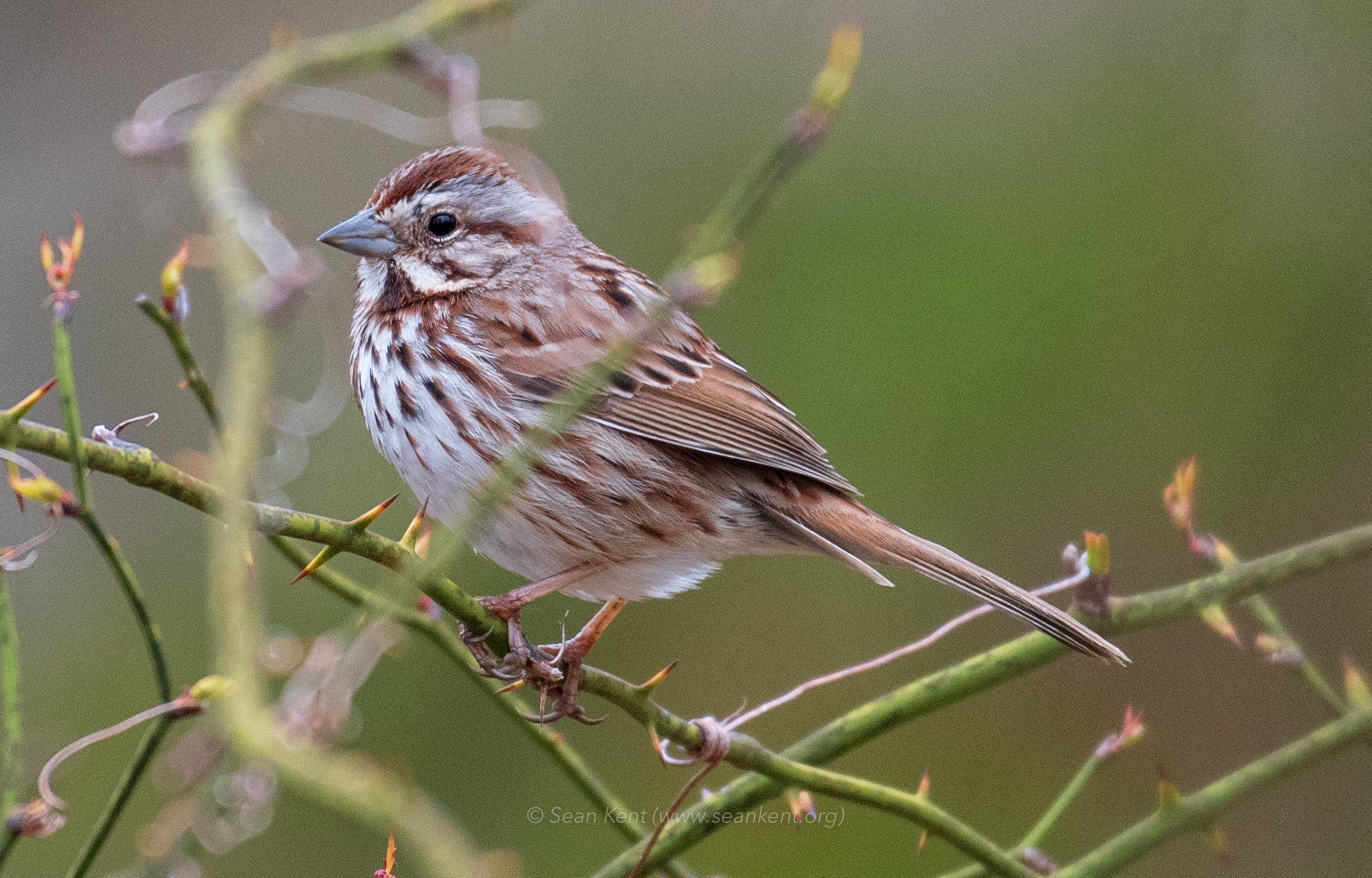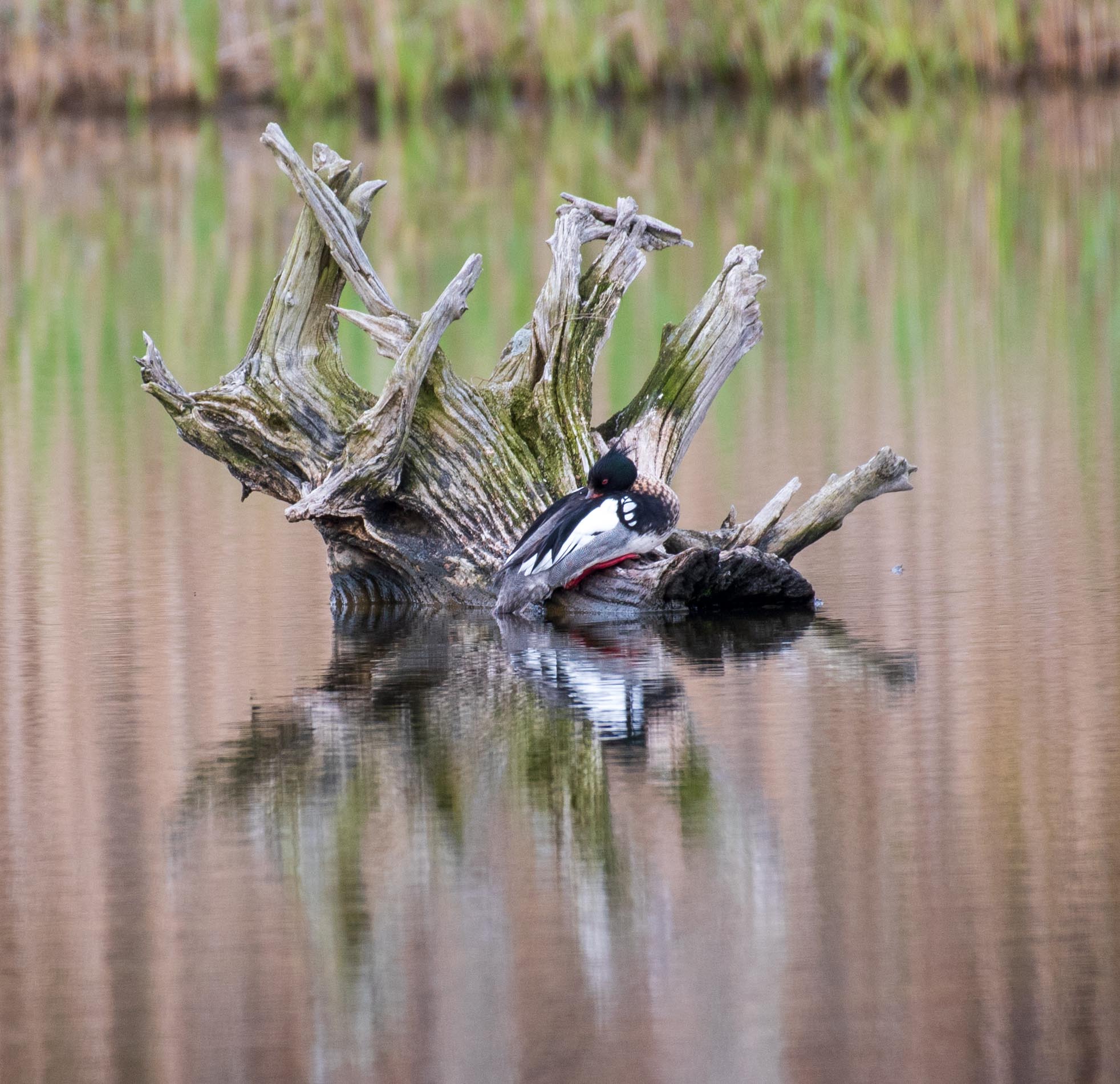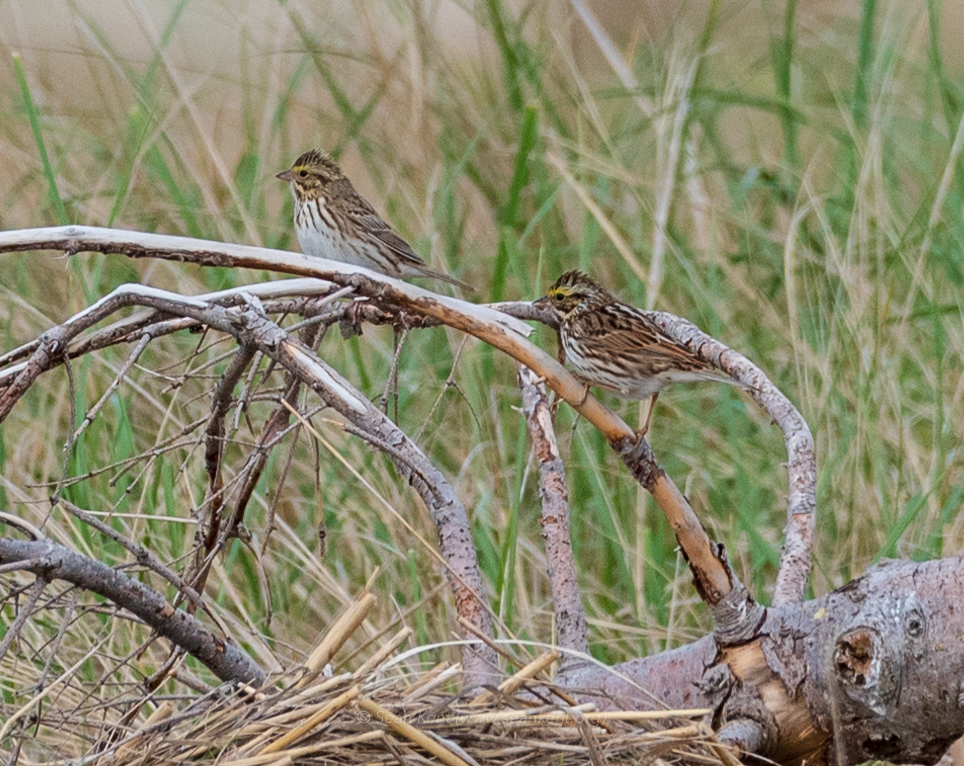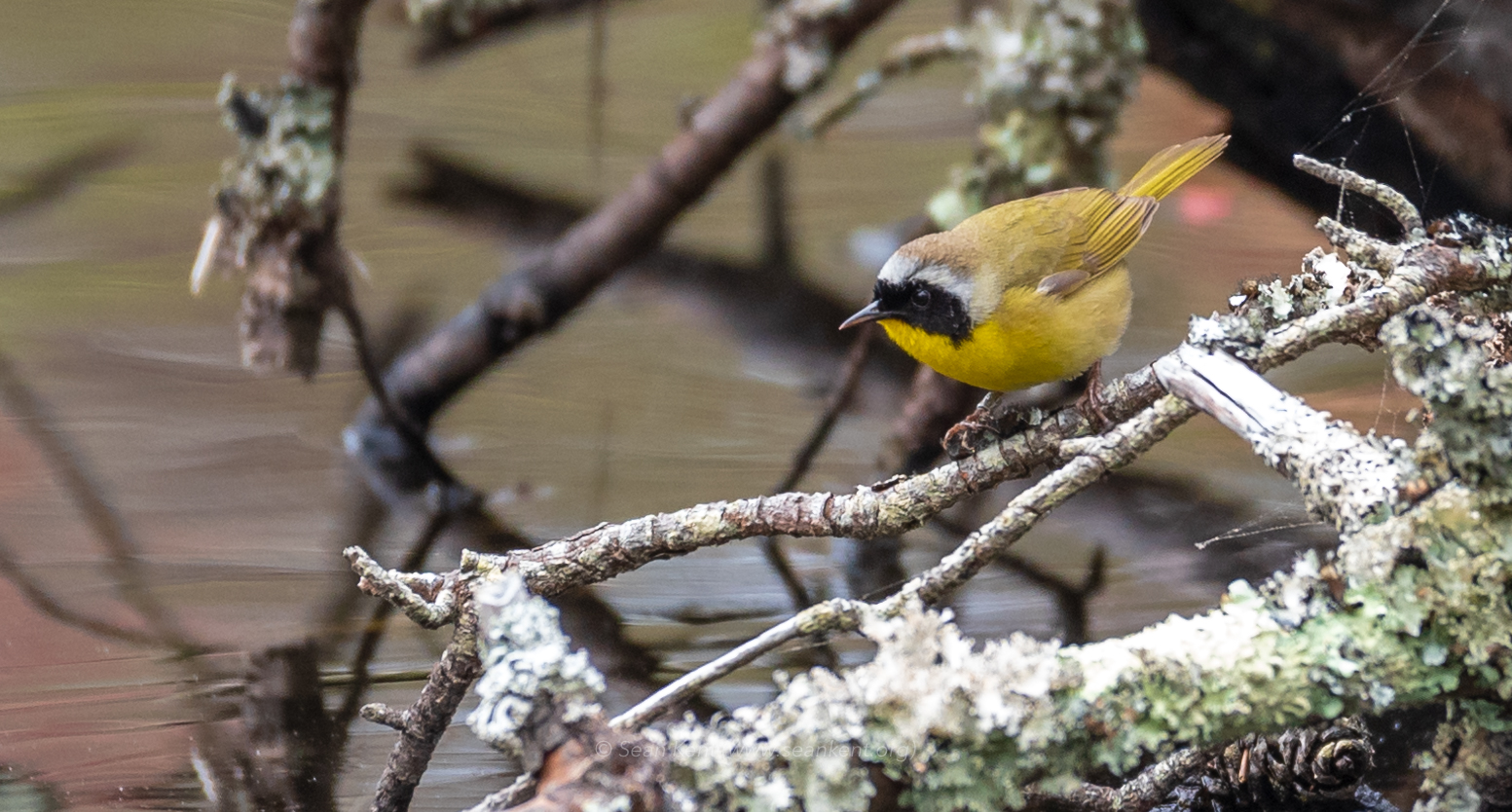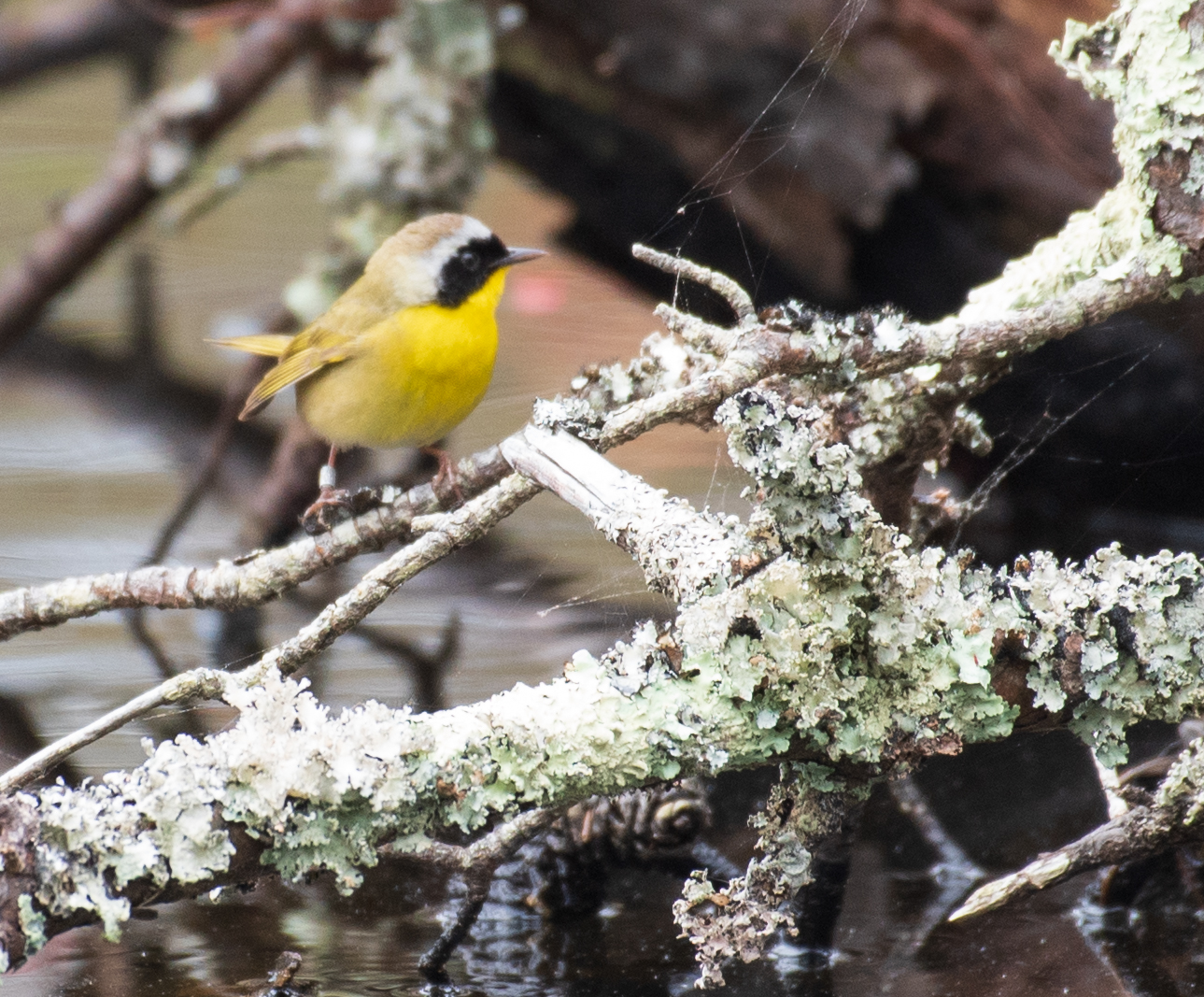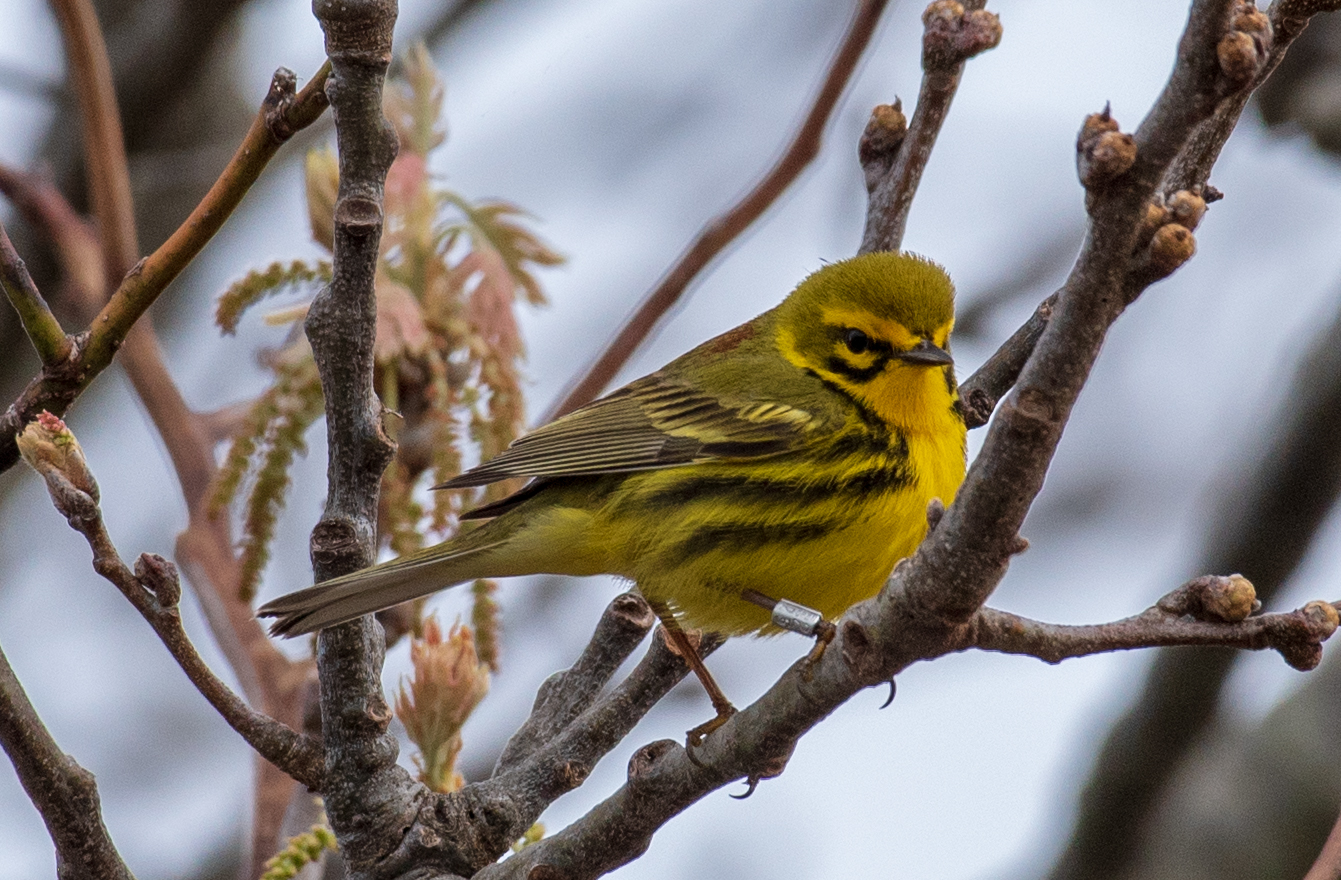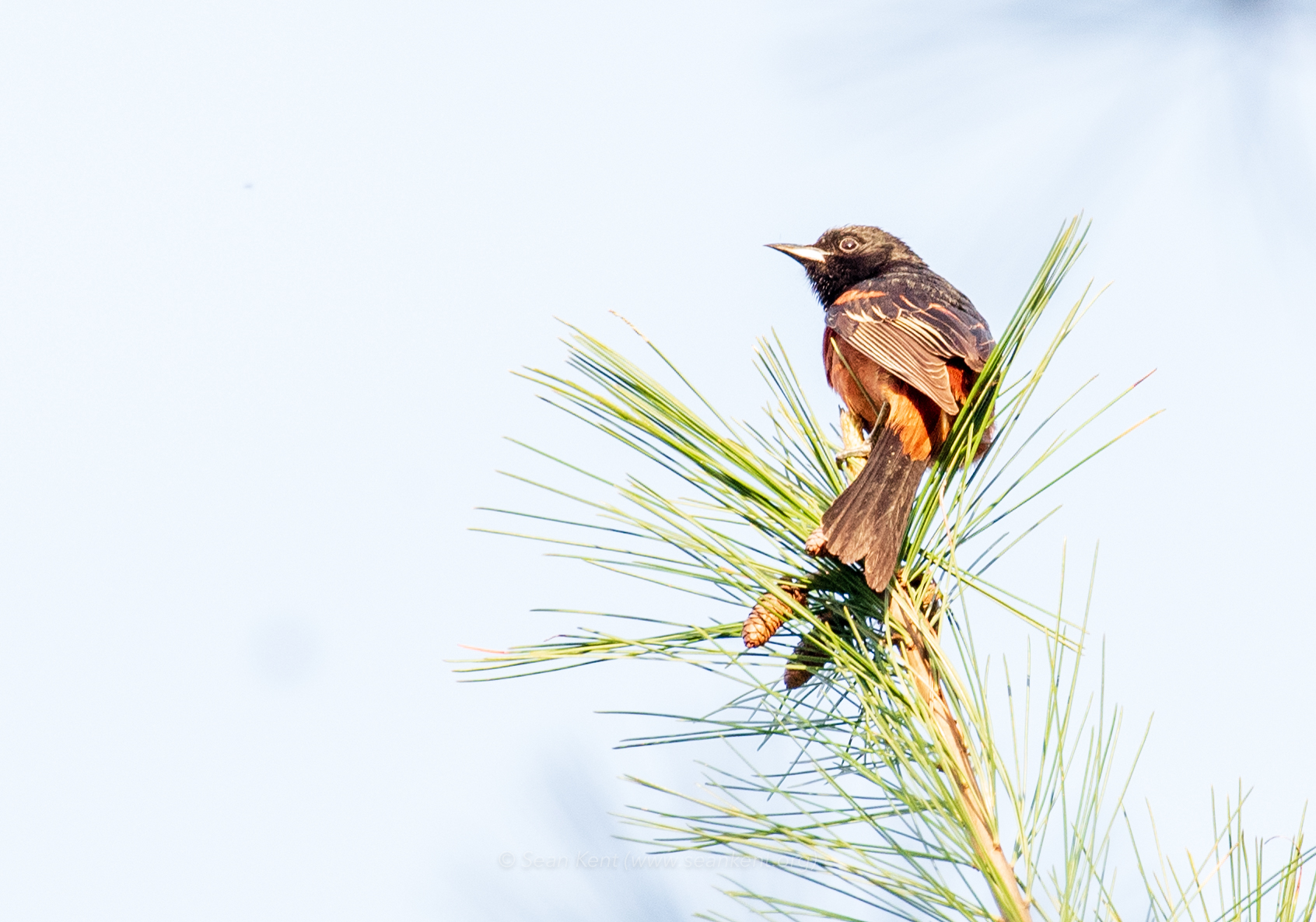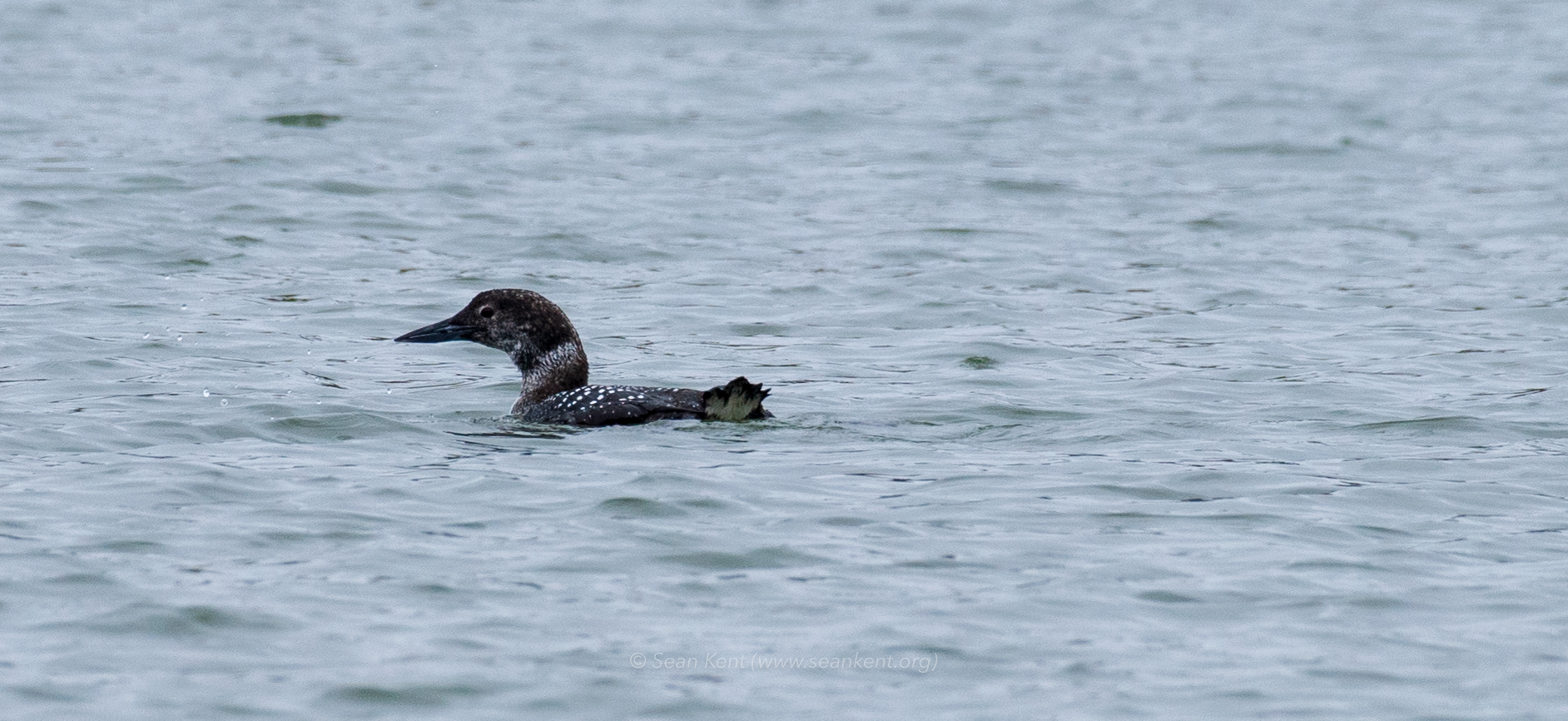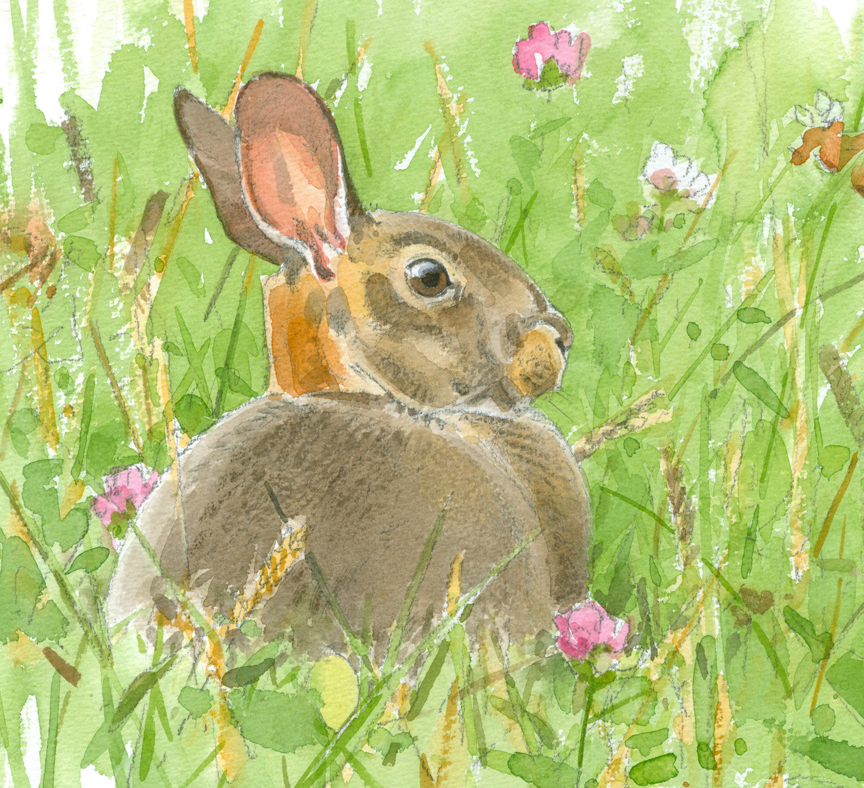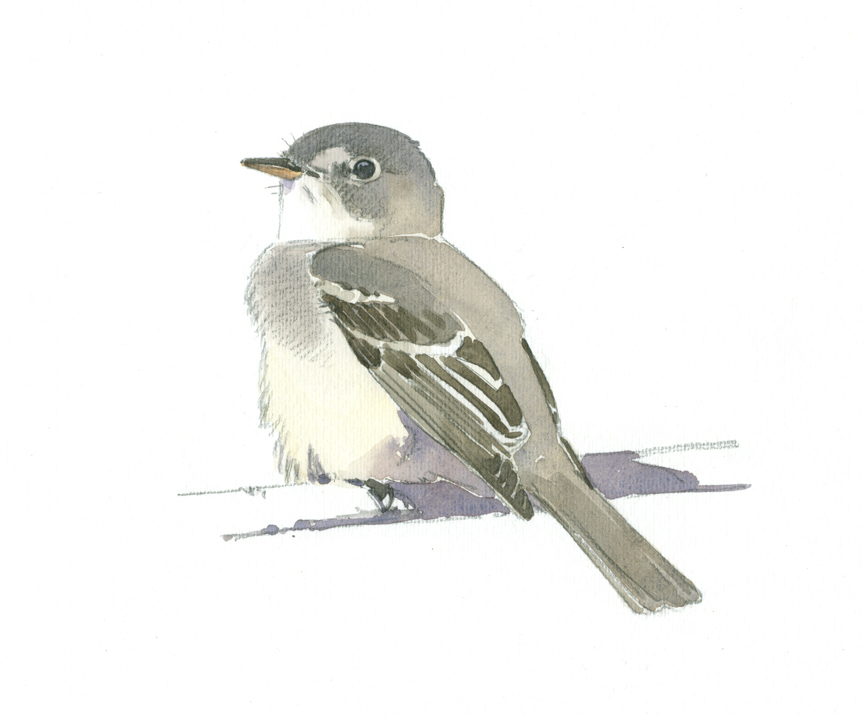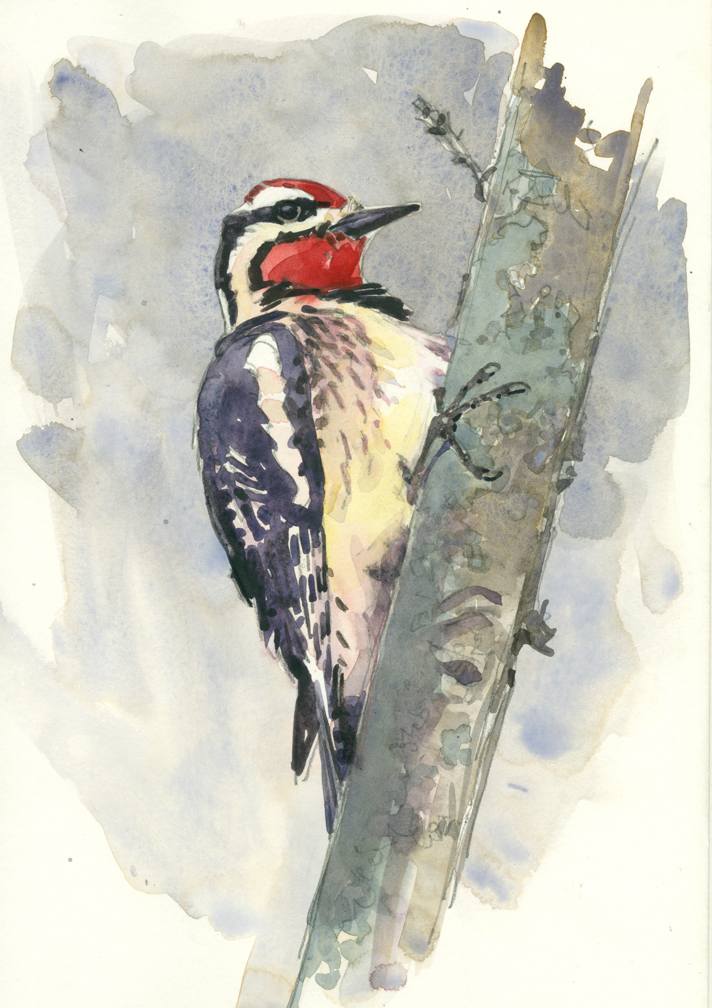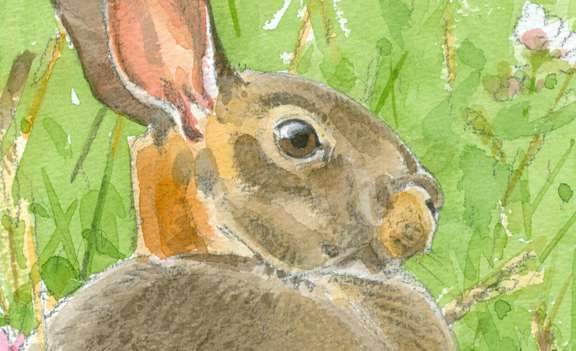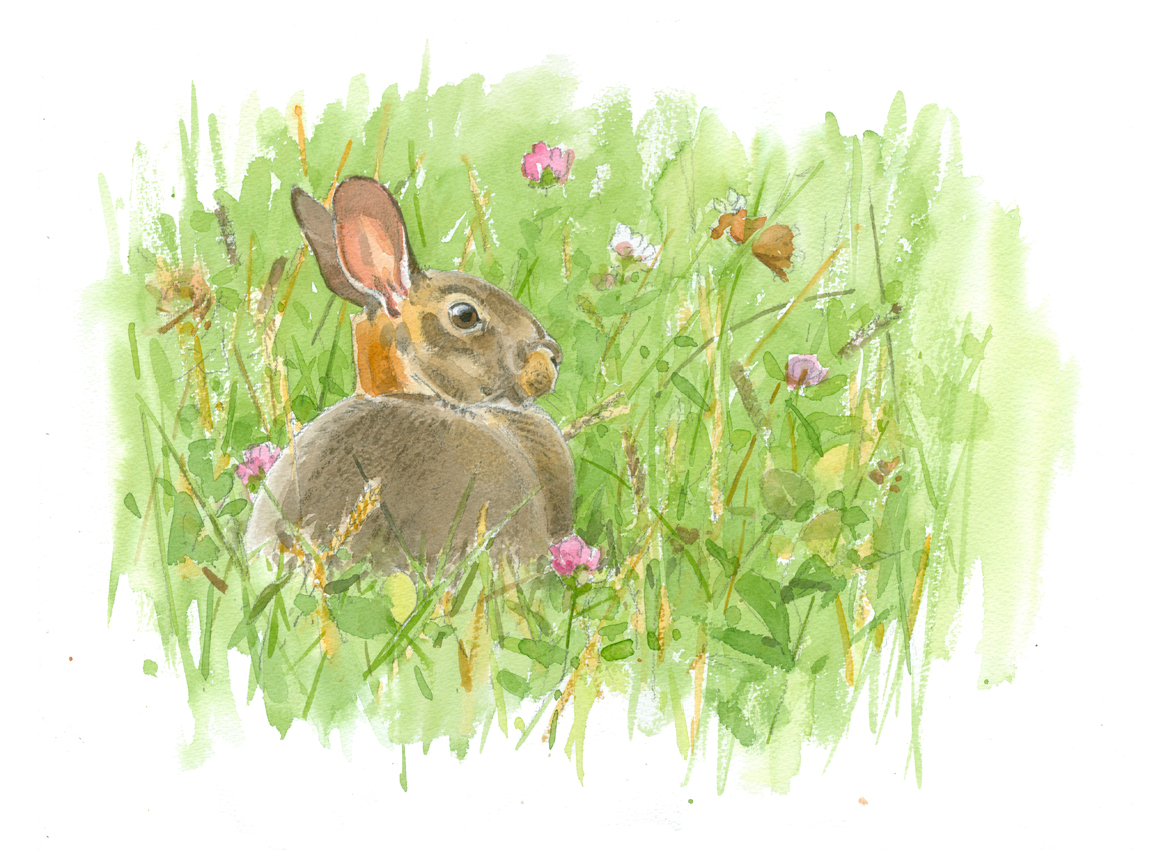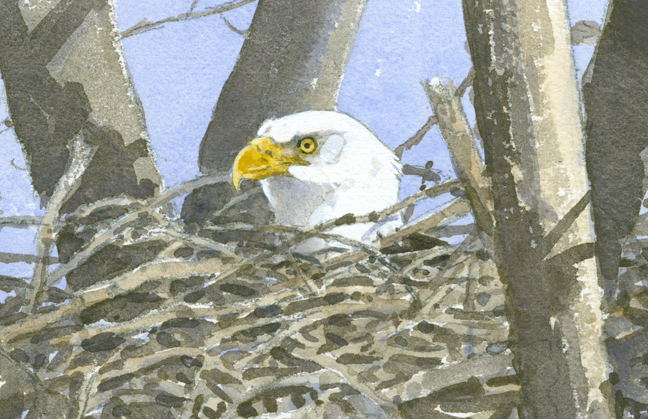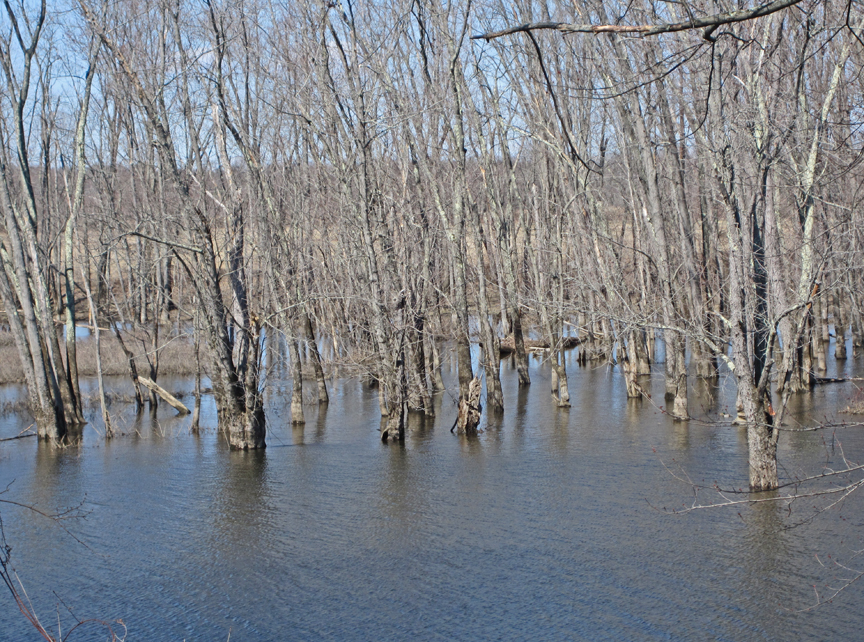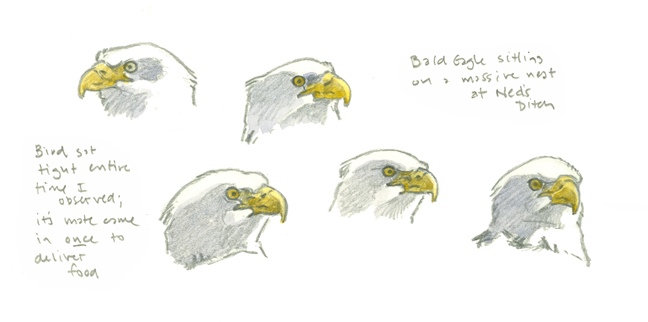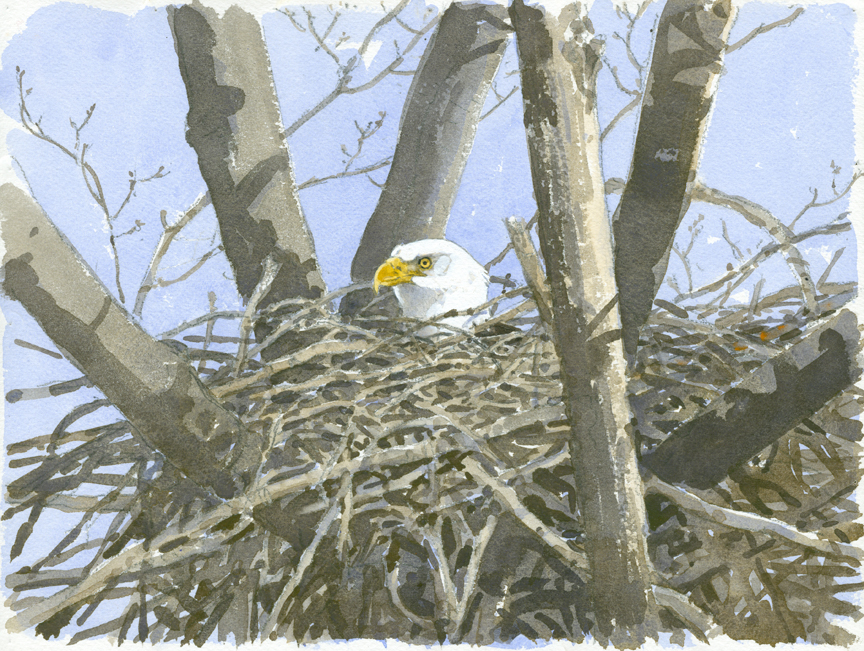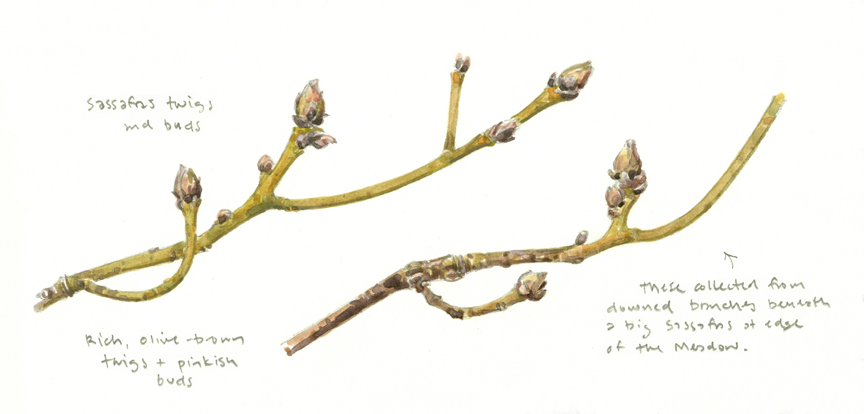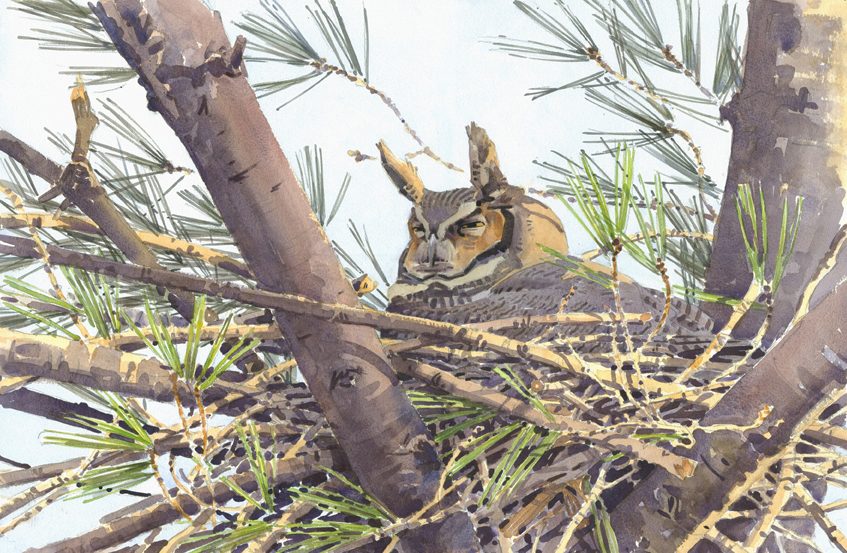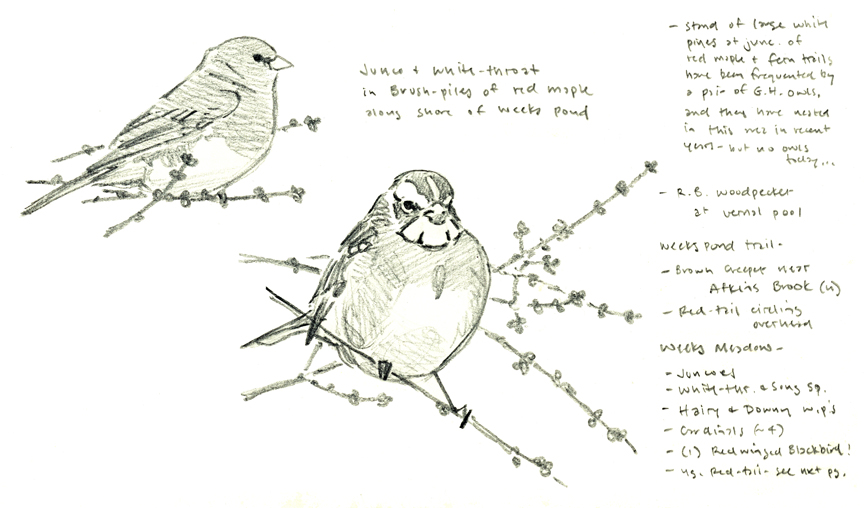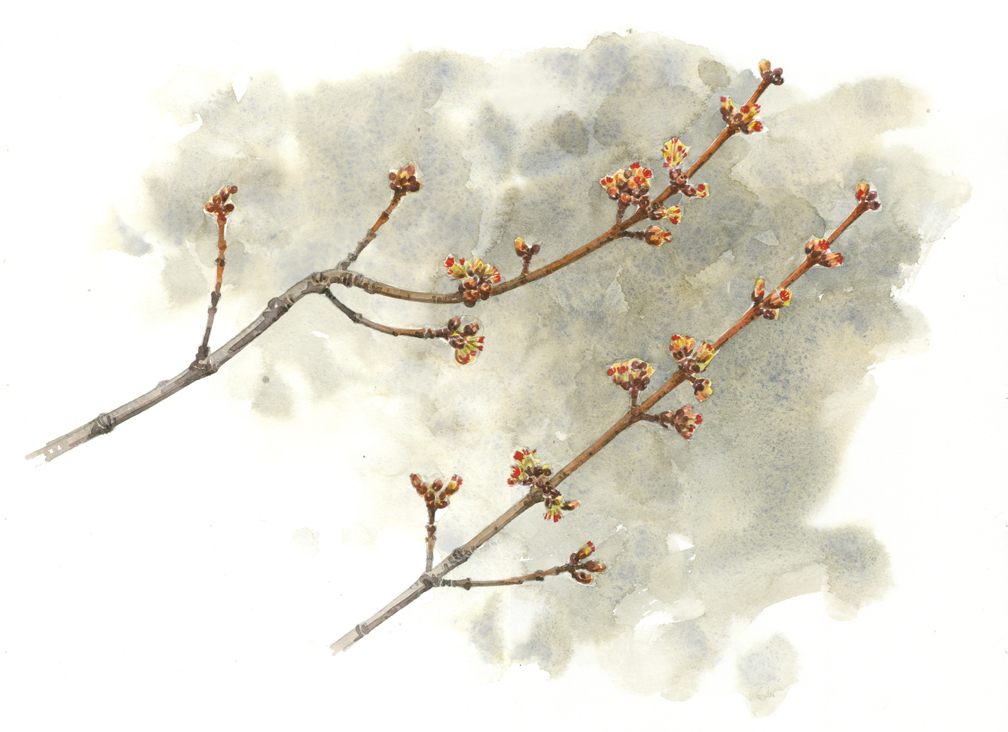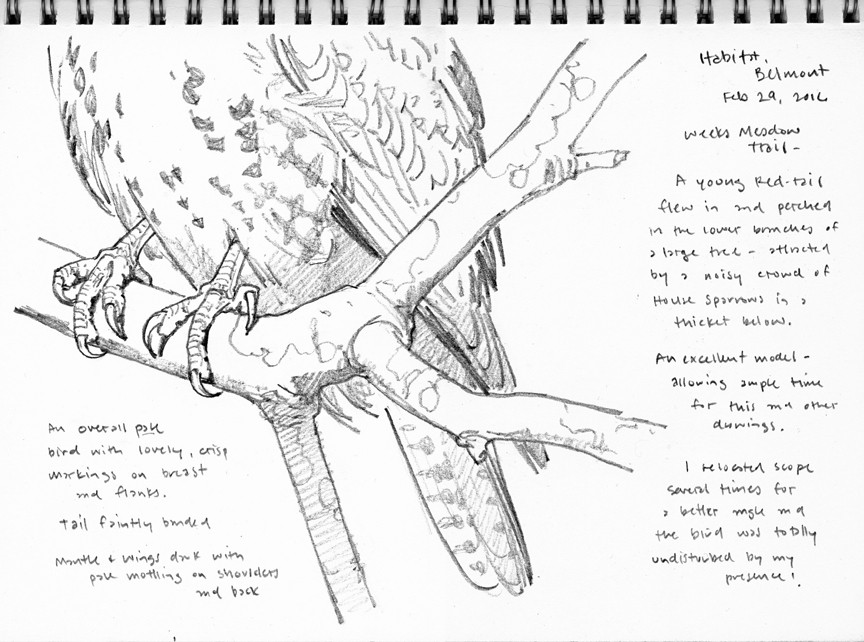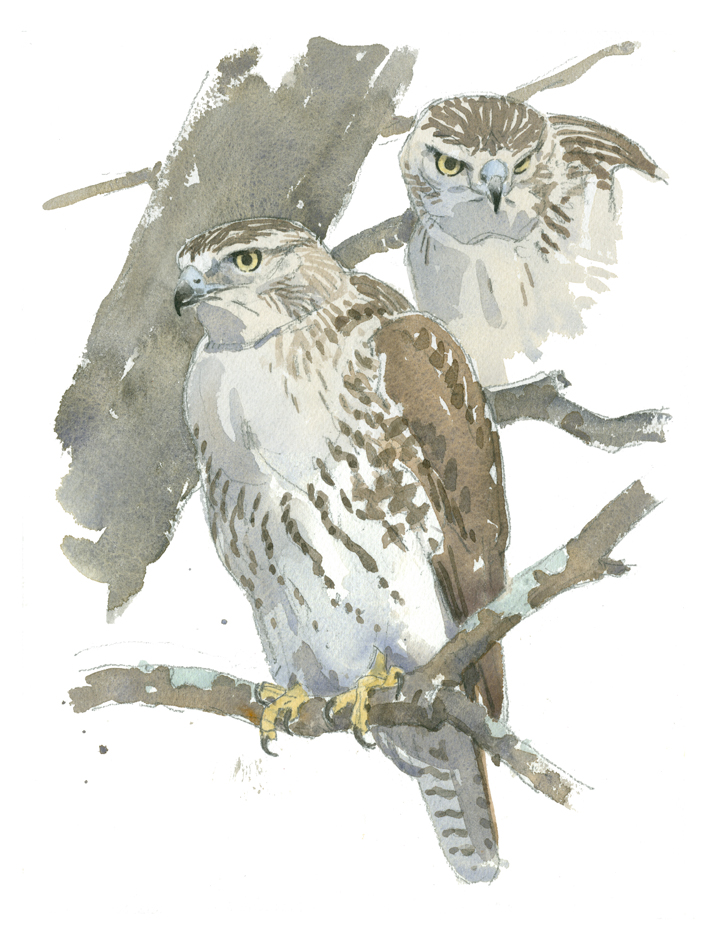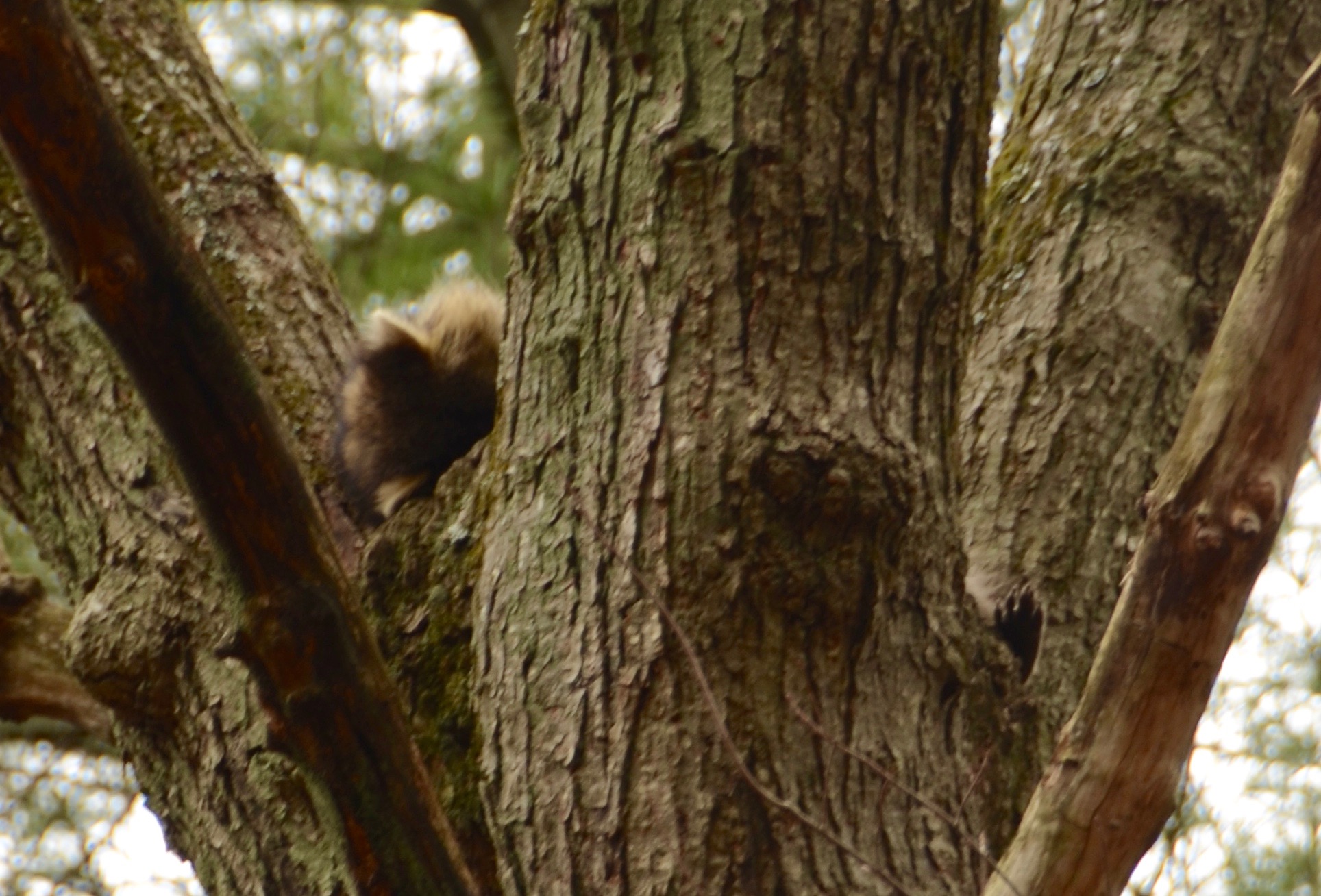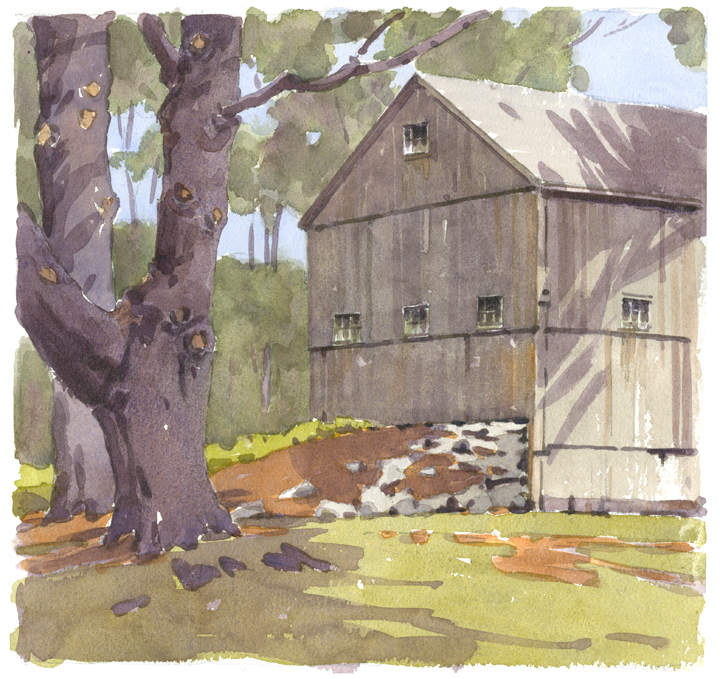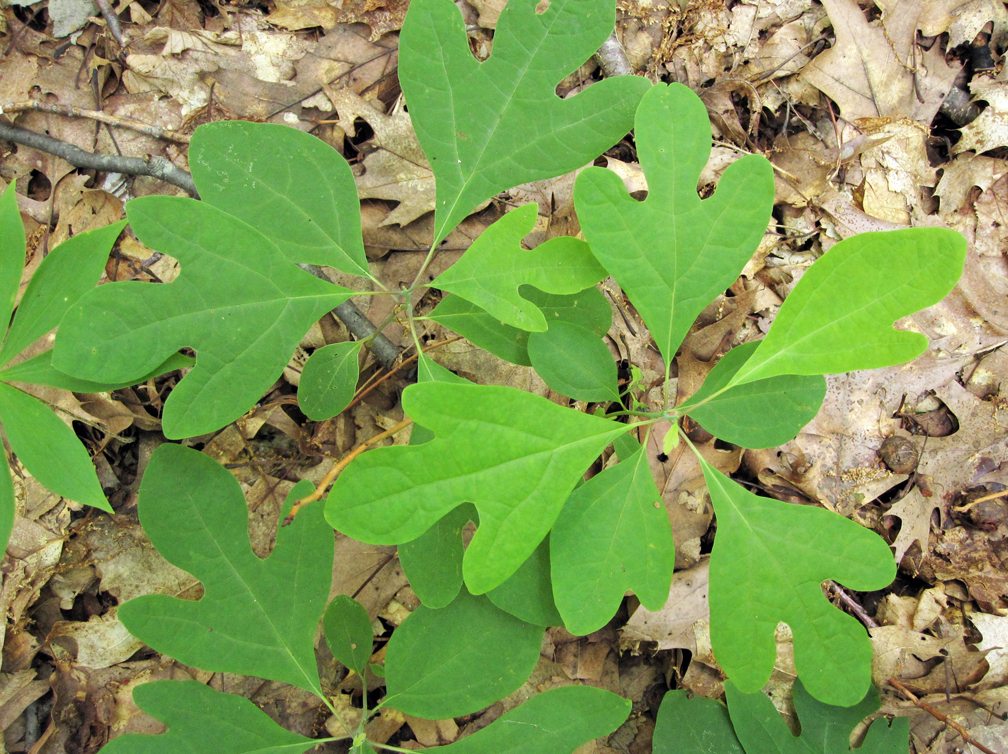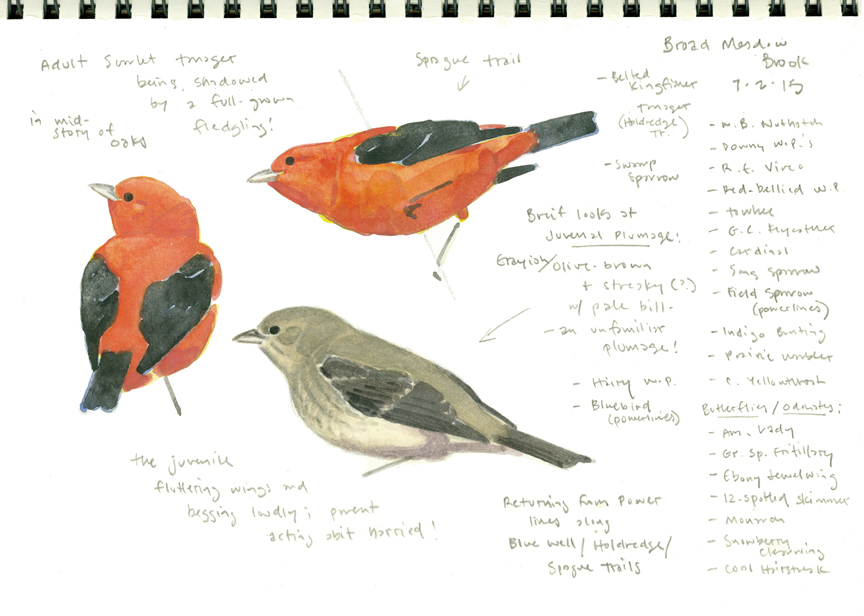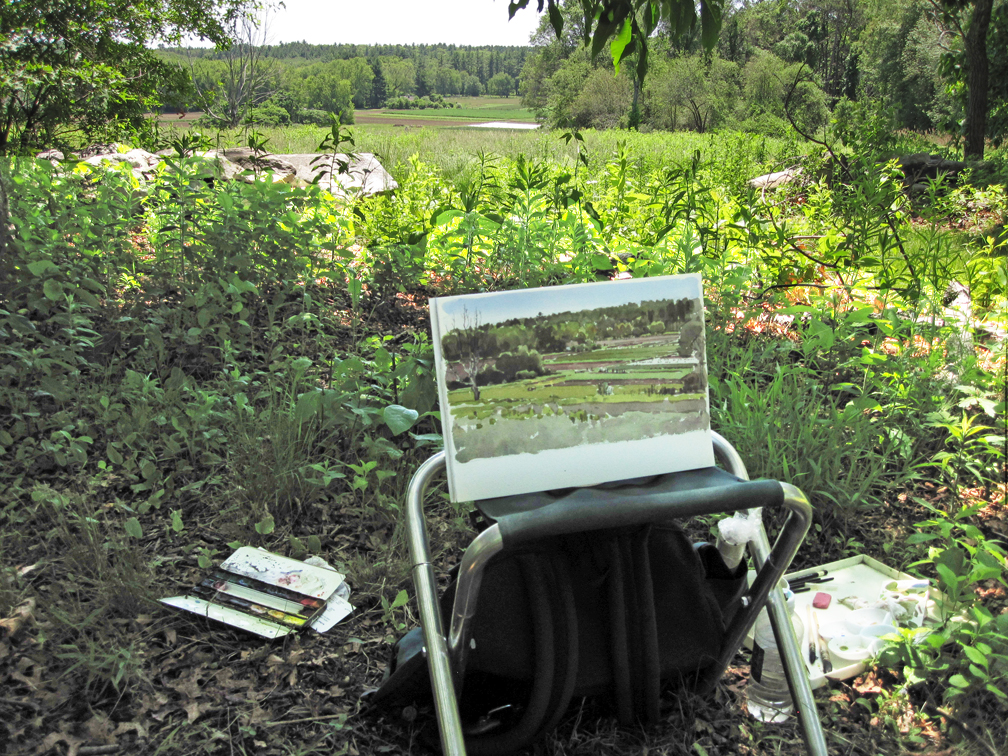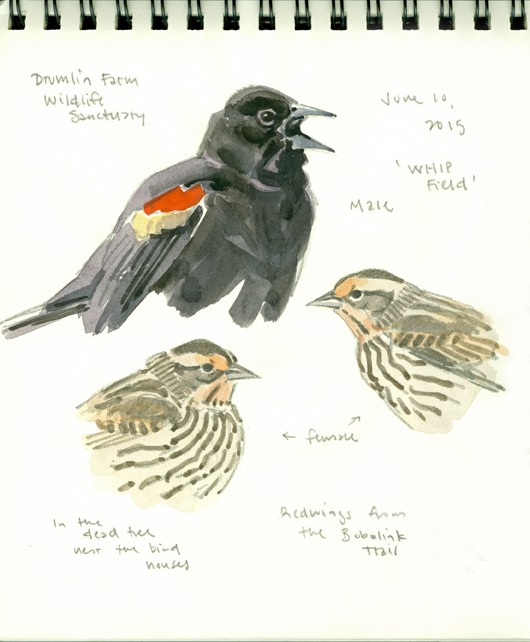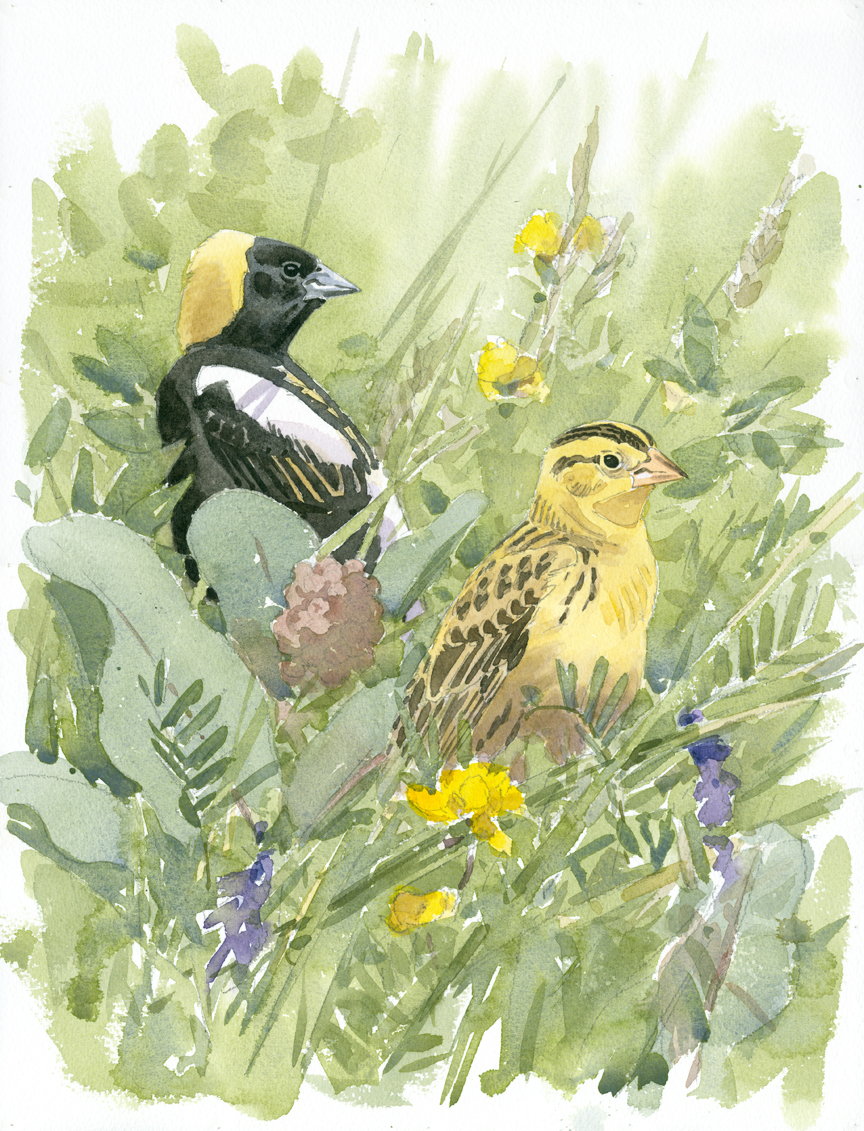As our patterns of life have fragmented into a new routine, the ritual of finding solace and comfort in nature – whether it from my living room window while my girls jump on the couch (happening right now as I write), in my yard, or at nearby conservation land – seem all the more important.
“I Happen to Be Standing” from A Thousand Mornings by Mary Oliver
“…While I was thinking this I happened to be standing
just outside my door, with my notebook open,
which is the way I begin every morning.
Then a wren in the privet began to sing.
He was positively drenched in enthusiasm…”
When the chance allows in the morning, during the days with my kids, or in the late afternoon, I’ve been trying to spend time observing nature and taking photographs to share with you.
With the spring really starting to spring, the Red-winged Blackbird takes center stage.
Red-winged Blackbird

You will see Red-winged Blackbirds spending their breeding season in Massachusetts in places like freshwater ponds, fresh and saltwater marshes, and streams. They especially love areas with reedy plant growth. Red-winged Blackbirds will occasionally nest in forests along waterways, sedge meadows, and fallow fields at farms.
For the next few months, you will see males making dramatic displays and calls to defend their territory. Learn more by watching the video below.
Flamboyant Displays: Learn more about the territorial displays of the Red-winged Blackbirds
The song of the Red-winged Blackbird is a constant sign of spring in wetland areas. The song of a male is a creaky conk-la-ree! Listen to it in the following video.
Red-winged Blackbird call
Female Red-winged Blackbird
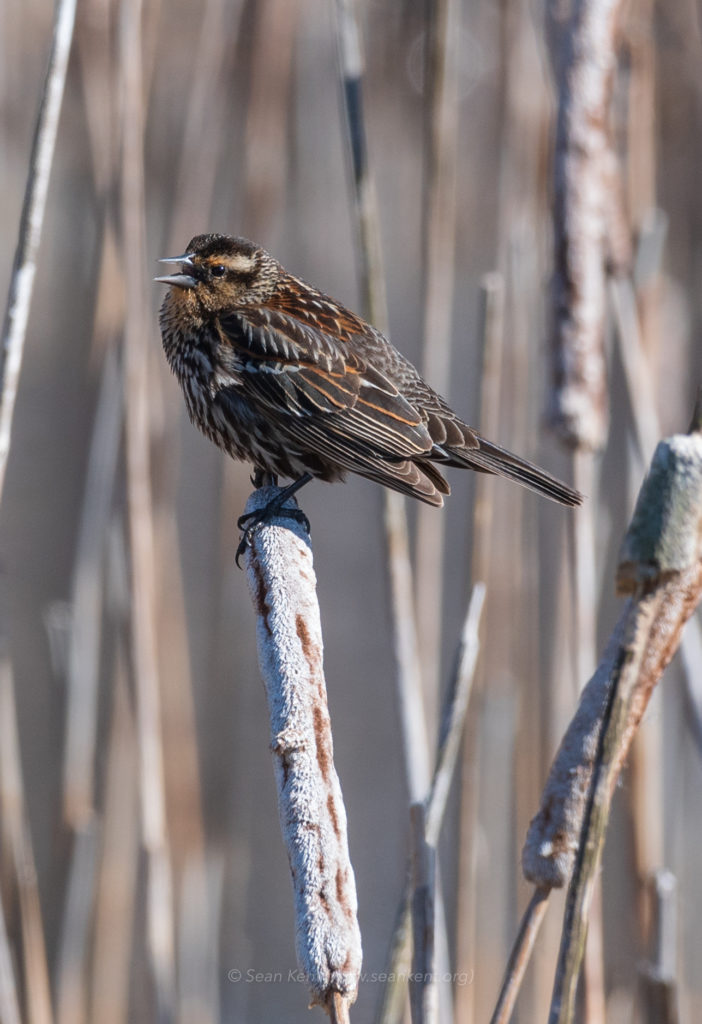
Blending in is the goal of the female Red-winged Blackbird. She will sit still on her nest, usually built in the reeds with brownish grasslike material. It is imperative that predators overlook her and the nest. Few female Red-winged Blackbirds have arrived in Massachusetts, they usually arrive 2 to 3 weeks after the male Red-winged Blackbirds.
Red-winged Blackbird soaring away
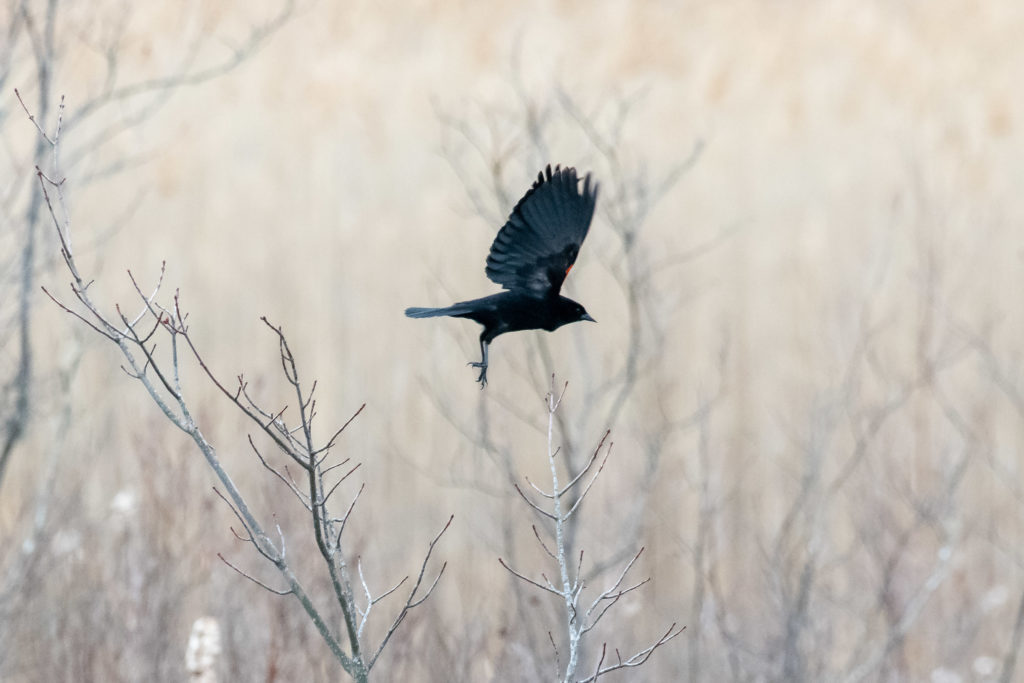
Photos by Sean Kent
Spring by Gerard Manley Hopkins
Nothing is so beautiful as Spring –
When weeds, in wheels, shoot long and lovely and lush;
Thrush’s eggs look little low heavens, and thrush
Through the echoing timber does so rinse and wring
The ear, it strikes like lightnings to hear him sing;
The glassy peartree leaves and blooms, they brush
And remember, be safe, be well, you’re not alone, and we will meet again.




